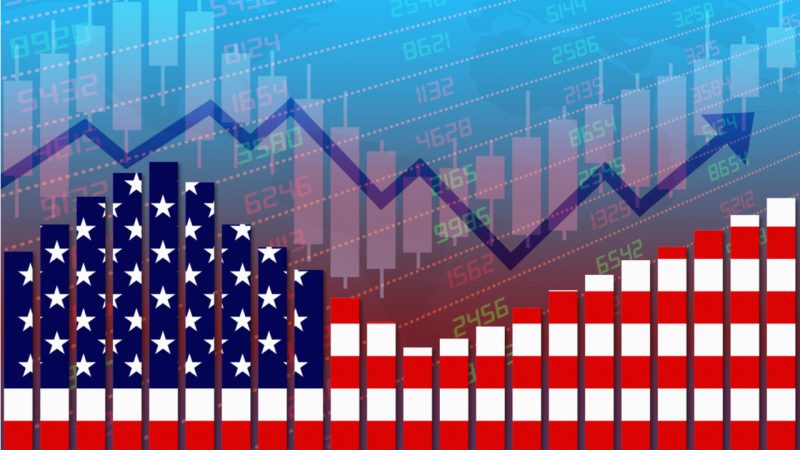US Inflation Rate Declines: February 2025 Data and Key Insights
The annual inflation rate in the United States eased to 2.8% in February 2025, down from 3% in January, according to the latest Consumer Price Index (CPI) report. This figure came in below market forecasts of 2.9%, signaling progress in the Federal Reserve’s efforts to stabilize prices. Here’s a breakdown of the February 2025 inflation data and its economic implications.
Energy Prices Drive the Decline
A key factor behind the drop in inflation was the decline in energy costs, which fell 0.2% year-on-year. This followed a 1% increase in January, marking a return to downward pressure after six months of volatility. Gasoline prices dropped sharply (-3.1% vs. -0.2% in January), while fuel oil prices also fell (-5.1% vs. -5.3%). However, natural gas prices surged by 6%, up from 4.9% in the previous month, highlighting ongoing fluctuations in the energy sector.
Cooling Shelter and Transportation Costs
Shelter inflation, a major component of the CPI, slowed to 4.2% from 4.4% in January. Meanwhile, used car and truck prices rose by just 0.8%, compared to 1% in the prior month. Transportation costs also saw relief, with inflation easing to 6% from 8%, reflecting improved supply chains and reduced demand pressures. New vehicle prices continued to decline, falling by 0.3% for the second consecutive month.
Food Inflation Remains a Concern
Despite the broader slowdown, food prices remained stubbornly elevated. Annual food inflation accelerated to 2.6%, up from 2.5% in January, driven by higher costs for staples like groceries and dining-out expenses. This trend underscores persistent challenges in stabilizing food supply chains and production costs.
Monthly and Core Inflation Trends
On a monthly basis, the CPI rose by 0.2% in February, down from January’s 0.5% spike (the highest since August 2023) and below forecasts of 0.3%. Core inflation, which excludes volatile food and energy prices, also showed encouraging signs:
- Annual core inflation dropped to 3.1%, the lowest since April 2021, from 3.3% in January.
- Monthly core inflation fell to 0.2%, down from 0.4% and below expectations of 0.3%.
These figures suggest underlying price pressures are gradually easing, aligning with the Fed’s goal of achieving long-term price stability.
Economic Implications of the Inflation Slowdown
The February data provides optimism for consumers and policymakers. Lower energy and shelter costs could boost household spending power, supporting economic growth. The cooling core inflation rate may also give the Federal Reserve room to reconsider its monetary policy stance, potentially pausing or slowing interest rate hikes.
However, rising food prices remain a pain point, particularly for low-income households. Economists warn that geopolitical risks, supply chain disruptions, or energy market volatility could reignite inflationary pressures in the coming months.
Conclusion: Is Inflation Under Control?
The February 2025 inflation report offers hope that price increases are moderating, with core inflation nearing the Fed’s 2% target. Yet, uncertainties persist. While energy and shelter costs are trending downward, food inflation and external shocks remain wild cards.
Analysts expect the Federal Reserve to maintain a cautious approach, balancing growth and stability. For now, the data suggests the U.S. economy is on a path toward softer inflation—a critical step for sustainable economic recovery.







